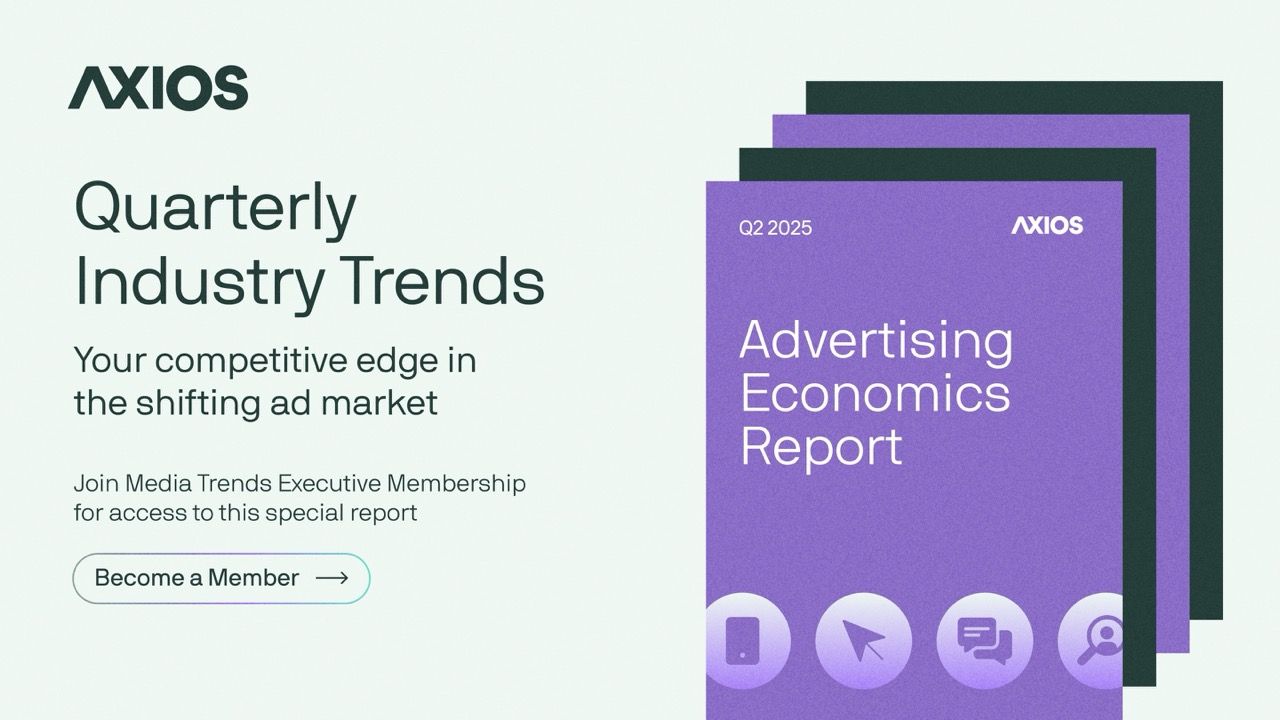|
||
| Axios Vitals | ||
| By Tina Reed and Maya Goldman · Jul 17, 2025 | ||
|
Happy Thursday! Today's newsletter is 961 words or a 3.5-minute read. |
||
| 1 big thing: Immigration order puts clinics in a bind | ||
| By Maya Goldman | ||

|
||
|
Illustration: Brendan Lynch/Axios |
||
|
Community health centers face a legal mess following the Trump administration's directive to restrict undocumented immigrants' access to their services. Why it matters: The federally funded clinics are supposed to serve everyone — but now, only if they fulfill a citizenship requirement.
There's "a high level of confusion," said Louise McCarthy, CEO of the Community Clinic Association of Los Angeles County.
Friction point: The health centers serve more than 32 million people annually. But leaders told Axios they don't track patients' immigration status, let alone ask for proof of citizenship before providing care.
HHS hasn't yet issued further guidance. It could fall to the Health Resources and Services Administration, which runs point on the health center program, to work out conflicts down the road.
Between the lines: The policy will likely have a chilling effect on immigrants' use of health center services, even for those with the required documentation. |
||
|
|
||
| 2. A one-two punch on health care and credit | ||
| By Emily Peck | ||

|
||
|
Illustration: Aïda Amer/Axios |
||
|
Millions of low-income Americans already face the prospect of losing their health insurance, and now they're looking at another worry: lower credit scores. Why it matters: Poor credit scores not only make it harder to borrow money, but also to accomplish such basic things as land a job or rent an apartment. How it works: The Trump administration last week got a federal court to toss a Biden-era rule that would have removed medical debt from people's credit reports.
Follow the money: Some argue that it's a win for consumers who pay their bills on time to have more information on their credit reports. Yes, but: Consumers routinely complained to the Consumer Financial Protection Bureau about medical debt errors on their credit reports, says Julie Margetta Morgan, a former associate director at the agency. |
||
|
|
||
| 3. Where states restrict contraceptive access | ||
| By Tina Reed | ||
 Data: The Population Reference Bureau; Map: Erin Davis/Axios Visuals State laws regulating birth control remain a patchwork, with wide variations in access and restrictions in some locales requiring parental consent or allowing providers to opt out of dispensing contraception, a new scorecard from the Population Reference Bureau shows. Why it matters: Contraception access has become a political flashpoint since the Supreme Court ended Roe v. Wade, with Democrats unsuccessfully pressing to codify nationwide contraceptive access and some patients concerned that conservative state legislatures could enact new curbs. What they found: Nearly 35% of Americans, or 121 million people, currently live in a state that actively restricts access.
"Reproductive health care access depends on where you live," said Cathryn Streifel, senior program director at PRB and co-author of the scorecard.
|
||
|
|
||
|
A MESSAGE FROM AXIOS |
||
| Your competitive edge in the shifting ad market | ||

|
||
|
Now available: An exclusive, members-only advertising economics report covering major shifts across platforms, companies, and media over the past 6 months—plus trends to watch. Penned by Axios media experts Sara Fischer and Kerry Flynn, it's essential reading for media professionals. |

